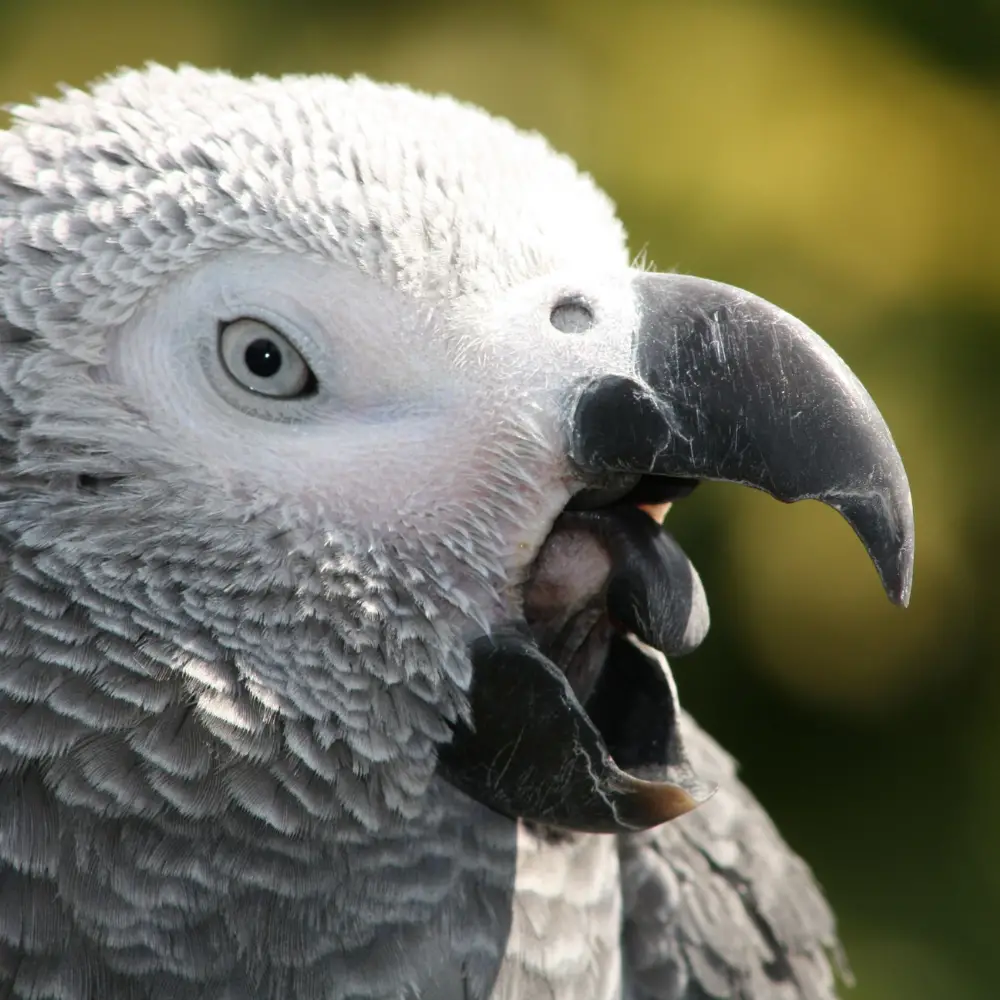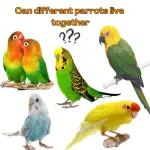
How do african grey parrots talk: Alex, an African grey parrot, was studied for thirty-one years (until he died in 2007) by the American ethnologist Irene Pepperberg and was an ace in human language. But he is not the only one: other “star” parrots, raised in laboratories and accustomed to being around humans from a very young age, continue to amaze animal language specialists. More generally, all parrots (more than 300 species) can imitate our language.
How do parrots talk like humans?
 How do African grey parrots talk
How do African grey parrots talk
How are parrots capable of such a feat, while great apes, although closer to us in the evolutionary tree, cannot? By studying the most talkative of them, researchers ended up discovering their secret: it was the exceptional combination of a singular anatomy and a unique cerebral organization that gave them speech. Or, more precisely, a striking talent for imitating the human voice.
In them, it is the equivalent of our larynx, the “syrinx”, located at the bottom of the trachea, at the place where it divides in two to supply air to the lungs, which allows us to “push the song”. It has three pairs of muscles and a membrane shaped like an eardrum, which vibrates and produces sound when exhaled air passes.
The muscles, by varying the constriction of the syrinx, put the membrane in tension, which modulates the frequency and amplitude of the sounds emitted. But that’s not all.
African grey parrot tongue

Parrots also have a flexible, thick, and soft tongue, the morphology of which is reminiscent of that of humans. It moves horizontally, vertically, and back and forth, which allows it to finely modify the amplitude of sounds. Finally, the opening of the beak, independent of the position of the tongue, also occurs. Before offering them speech, this subtle anatomy serves them above all to feed themselves as “gourmets”.
Because these talking birds ingest small portions, skillfully using their beak, tongue, and larynx (located at the top of the trachea) to pass their food into the esophagus. According to some scientists, this dexterity acquired for swallowing could then have transformed into the ability to modulate sounds.
Indeed, “this series of particular attributes allows parrots to produce a wide variety of vocalizations,” confides Dalila Bovet, at the Comparative Ethology and Cognition laboratory at the University of Paris-Ouest Nanterre La Défense.
A variety that goes beyond the innate register: although many birds know how to produce songs of great complexity, they cannot produce sounds that do not belong to their species. Parrots know how to appropriate all kinds of sounds… including those of human language.
A talent for imitation that passes, in addition to adapted anatomy, through seven cerebral nuclei, present in passerines and hummingbirds, but connected in a specific way in parrots. It is thanks to these cerebral structures that these birds learn to recognize and then imitate a sound or a word and associate it with an action.
A parrot can thus say “hello” when someone enters the room where it is. Or, like Alex, answer simple questions, using one or more words chosen, in a relevant way, from several dozen in his lexicon. Or even express your preferences. When the famous parrot was presented with a nut after he had just said “Wanna banana”, he grabbed it… and threw it to the researchers!
SOURCE: African Grey Parrot Pet




















